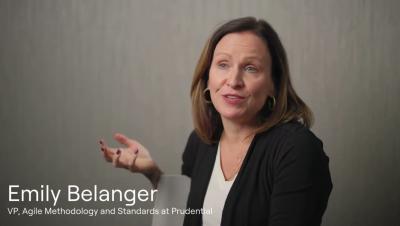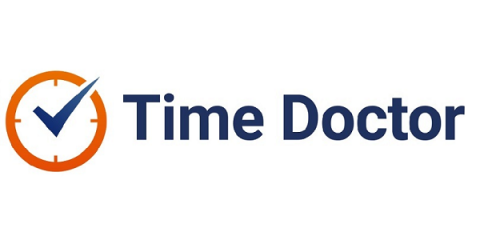How Asana uses work management for organizational planning
Rita Khayat is an expert at managing complex, company-wide programs. As Asana’s Head of PMO for Strategy and Operations, Khayat is responsible for keeping business-critical goals on track. She does this with clear processes, 20+ years of experience, and a knack for using Asana to its full potential. Khayat’s team is responsible for four main business areas within the CIO org: Together, these responsibilities span many different teams and require a high level of cross-functional coordination.











